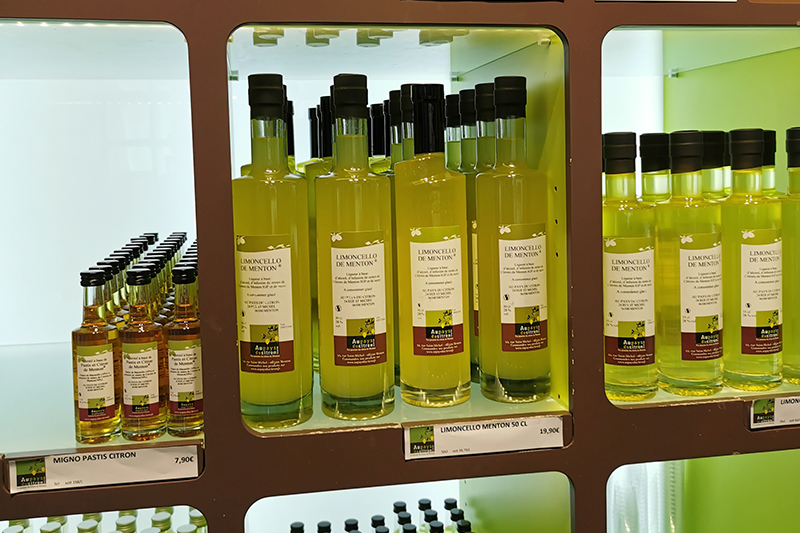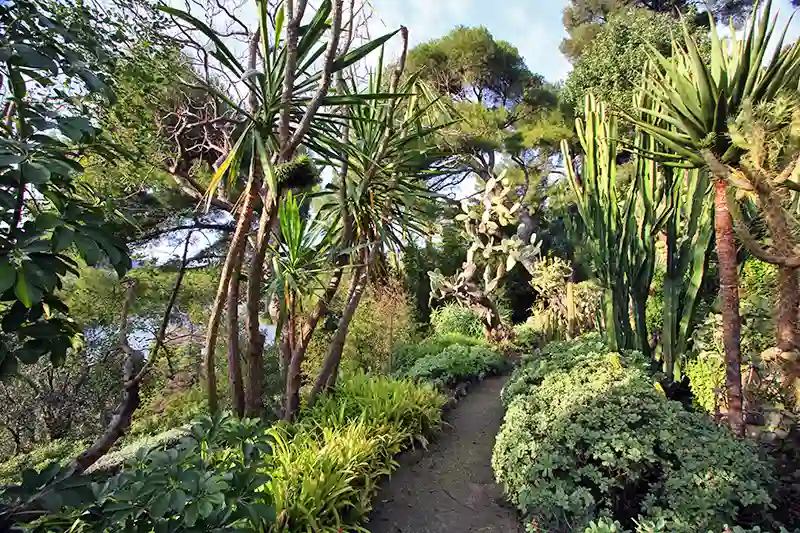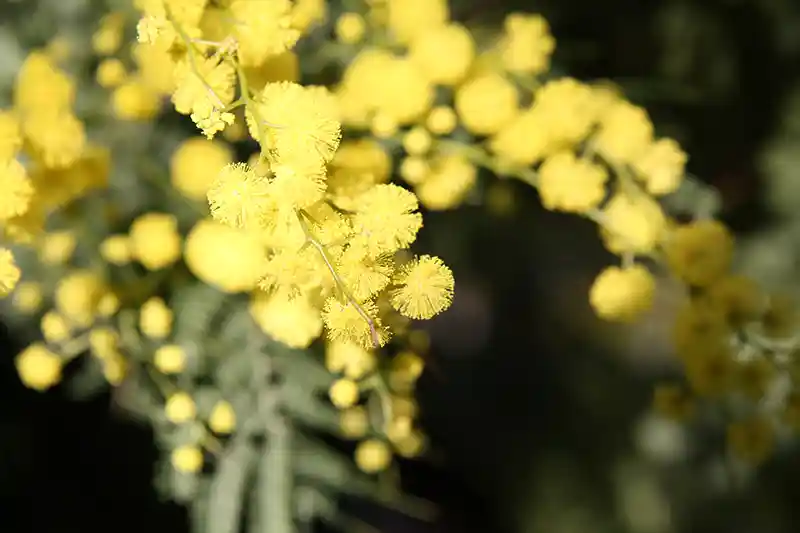The mild winters and abundant sunshine-each year receives about 2,600 hours of sun-provides ideal conditions for many types of plants and trees – native and those brought from other countries throughout the centuries- to flourish in the French Riviera.
The primary species you might come across on any trip or excursion in the Côte d’Azur and Corsica are described below.
Olive tree: a symbol of the Mediterranean
The olive tree was considered the symbol of the Mediterranean region; even its reference is in the Bible, to the time of the Deluge, when a dove came back with an olive branch to Noah.
Its main product is olive oil used in Mediterranean recipes as well as popular appetizers including the tapenade. hey line most areas of the French Riviera, either along the foothills of the Esterel Hills or in the hinterland.
Citrus trees: delight of the senses
Other ubiquitous trees on the French Riviera include citrus trees, which are found mainly around Grasse and Menton. These include trees with fragrant fruits such as lemons, small oranges, and sometimes grapefruits. This fruit scents the air during spring while the colours of the bright fruits are a feast for one’s eyes.

Limoncello – Au Pays du Citron
Lavender fields: a vision of purple
Lavender can be strongly associated with southern France, and for good reason. The Riviera holds a plethora of fields of lavender-mostly in the Var area and Provence-that bloom in the summer months, creating a vision of purple as far as the eye can see. Additionally, the scent of lavender finds its way into perfumes and soaps, hence it is still an valuable crop for the region as well as the olive tree.
Palm tree: an iconic sight
If you close your eyes and imagine the French Riviera, it is hard to envision without picturing palm trees swaying gently in the breeze. These stately trees are as iconic a part of this area as anything else one can imagine, from lining la Croisette in Cannes to being in parks and gardens down to facing beaches at Plage du Midi. The most common palm tree found on the French Riviera is the Phoenix canariensis, or as most people refer to it, the Canary Island date palm.
Agave plant: a unique sight
Originating from Mexico, this plant was cultivated in the Mediterranean region. The agave plant has leaves that are pointed and in a rosette shape, with an extremely tall flower spike that could reach to as long as 30 feet.
Agave plants are common in multiple gardens and parks along the French Riviera, including the Jardins Ephrussi in Saint-Jean Cap Ferrat.
Skin irritation: skin contact with the sap of agave can bring about irritation of the skin, redness, swelling, and so on among susceptible individuals. This is variously called “agave dermatitis”.

Cactus garden in Villa Ephrussi, Saint-Jean Cap Ferrat
Mimosa tree: a burst of yellow
Mimosa is a winter flowering tree, and it really only grows in France along the French Riviera. From about January to March, the trees are totally covered in bright yellow flowers. Mimosa are often used in floral arrangements and their wood is used in furniture and ornament making as well. You will find the trees in gardens, in parks, and in the Esterel hills near Mandelieu la Napoule.

Mimosa is originally from Australia.
Bougainvillea: a colorful climbing plant
Bougainvillea is a climbing plant (in French “plante grimpante”) that is commonly found in the French Riviera, known for its bright pink, red, or purple flowers. In French Riviera towns and villages such as Villefranche sur Mer or Antibes, bougainvillea can often be found in the old town, sometimes covering the walls of ancient dwellings.
These plants can grow up to 30 feet tall and are often used to add color and charm to the region’s villas.
Cork oak trees: a unique tree species
There are several areas of cork oak foresting in southern France, including the area of the Massif de l’Esterel near Cannes.
The bark is approximately 3-5cm thick and forms a layer; this cork is still harvested.
Pine trees: a coastal favorite
The perfume of sumptuous evergreen pine is synonymous with the Mediterranean coast, especially the French Riviera: Cap d’Antibes and the Lérins Islands. Straight, tall trunks host these trees, which are used in landscaping everywhere, providing vital shade and shelter to wildlife.
The importance of protecting the French Riviera's flora
The protection of flora in the French Riviera is an extremely important issue. The flora of the French Riviera, much like the fauna, adds not only to the aesthetics of the particular region but provides a very essential balance to the ecosystem. Because of climate change and human activities, all these nearly plants and trees are in danger of disappearance.
Please do not pick mimosa and coast plants.
About the author: Remi van der Deure – French Riviera Charter broker.
Hello,
I am the senior Yacht Charter Broker at Charterminute, a well-known yacht charter boutique in Antibes.
I have served in the yacht charter industry for over 15 years and have gained a strong reputation among my clients, as evidenced by consistent 5-star ratings on Google Reviews and TripAdvisor.
My specialty is organizing corporate yacht charters for startups and large companies during popular events like the Cannes Lions Festival, MIPIM, TFWA, and MIPCOM.
I am also proud to be a member of esteemed yacht broker associations, e-MYBA and ECPY, demonstrating my unwavering commitment to providing exceptional yacht charter services and memorable experiences in the French Riviera.
You can contact me directly at +33 (0)662.465.991 or remi@charterminute.com.












